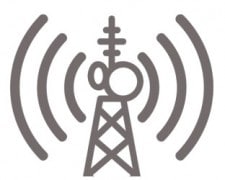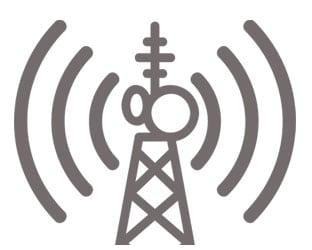 The NAB believes that broadcast television is a business under a great deal of stress, and says its time that the rules governing local ownership are relaxed. In particular, it wants to make it easier to form local duopoly pairings.
The NAB believes that broadcast television is a business under a great deal of stress, and says its time that the rules governing local ownership are relaxed. In particular, it wants to make it easier to form local duopoly pairings.
In general, NAB noted, “Competitive pressure, particularly in small and medium-sized markets, has reduced broadcasters’ audience shares and advertising revenues. Relaxation of the duopoly rule will enhance stations’ abilities to cope with these changes, maintain their competitive standing and permit them to continue serving their local audiences.”
The NAB broke down its case as follows:
1. Retention of the Top-Four Prohibition Against Mergers Does Not Further the Commission’s Policy Goals
NAB noted that in the real world, the prohibition against combining any two of a market’s top four stations essentially prohibits combinations, period, in many smaller markets. But it does not magically wave away competition from multichannel competitors. NAB points out that the facts do not support the need for the restriction and the lack of ability to realize economic benefits of consolidation damages the ability of owners to provide quality local programming.
2. The Eight-Voices Test Cannot Be Justified Under Section 202(h) Given the Wide Array of Competition in Local Television Markets
Similarly, the eight-voice test is a blanket prohibition for duopoly operations in many markets. Many do not even have eight broadcast television stations; some don’t even have all four major networks represented by affiliates.
3. The Commission’s Long-Standing Contour Overlap Approach Reflects Technical and Marketplace Realities
The NAB said that contour overlap should remain the standard when analyzing a combination for duopoly compliance – NAB says it is a better reflection of market reality than is a Nielsen DMA roster, which NAB pointed out may in fact eliminate some combinations that have already been approved.
4. Multicasting Provides Numerous Public Interest Benefits and the Commission Should Not Adopt Rules That Would Diminish These Benefits
NAB pointed out very strongly that multicast is something to be encouraged. Broadcasters are just starting to figure out how to put it to effectively to use, and the clear result has been an increase in culturally-diverse programming.





